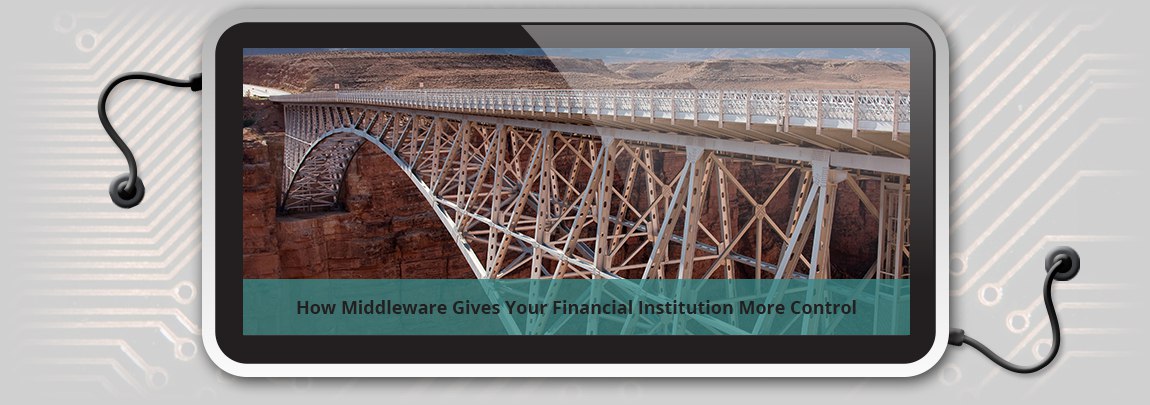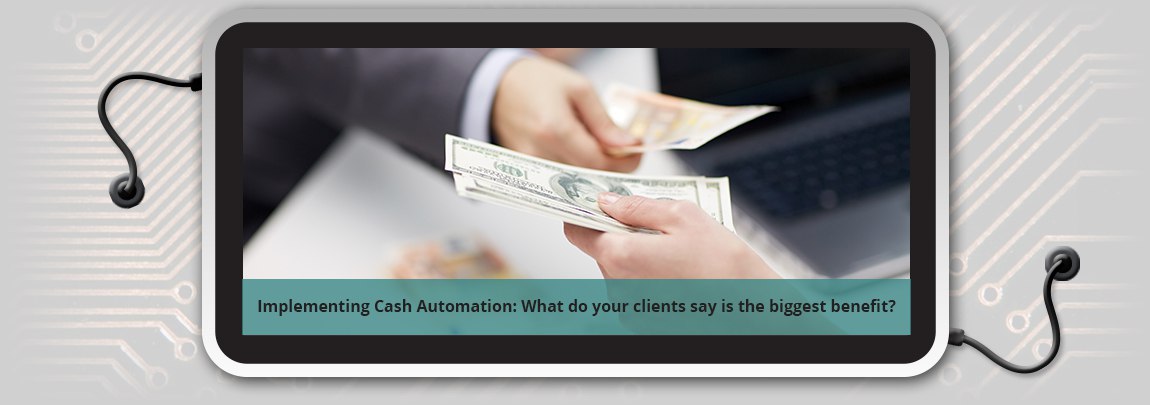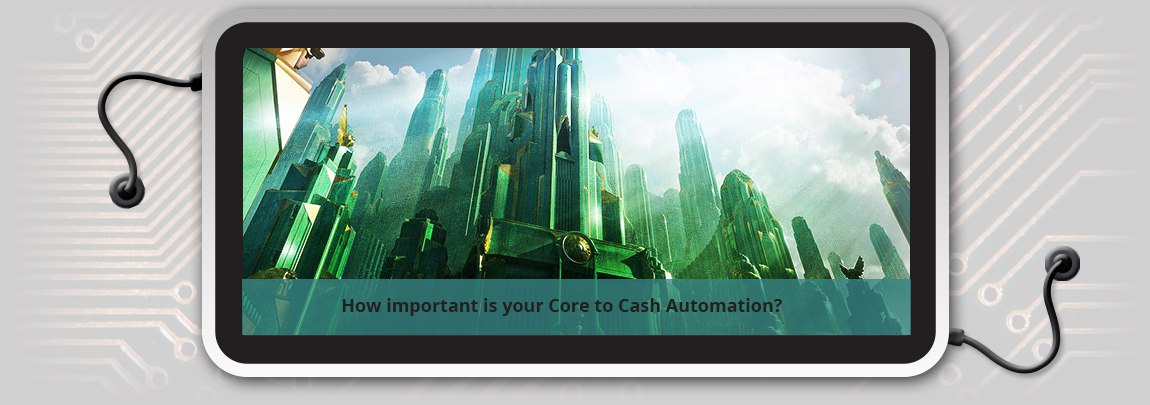Implementing Cash Automation: What do your clients say is the biggest benefit?
We all know change is a very big deal in today's environment. But what if the change could benefit your branch and speed up the process? Would you...
2 min read
 Sean Farrell
:
Jun 19, 2014 3:02:00 PM
Sean Farrell
:
Jun 19, 2014 3:02:00 PM


Your institution has decided to make the smart move to invest in cash automation. While that's an investment in itself, you'll also need to consider how to integrate your teller line and its new automation technology with your Core software.
3 Ways to Integrate automation technology:
Middleware vs Direct Integration
Stand-alone systems are not practical because of outdated technology. There is no integration that interacts with banking platforms. In fact, these systems often involve a teller manually keying in transactions into a keypad directly attached to the device or it may have a separate PC tracking totals. Often a stand-alone system will require double entry in terms of reporting transactions. Since automation is supposed to speed up transactions this type of integration is counterproductive.
While hardware that directly interfaces with the FI's core operating system eliminates the need for any extra steps, they come at a cost. That's assuming the application has been written to interface your devices with the banks operating platform – because this type of integration only supports 20 to 40 percent of the equipment on the market. This direct integration can limit your choices of “supported” models and may not handle the device you’d prefer to use. If you are able to find direct integration, you will discover a number of different pricing models. Typical interface modules range from $10,000 to $50,000 up front, and can have ongoing annual software licensing fees per station.
The biggest challenge FIs have with direct integration is when a unit is not functioning properly. Typically, reporting involves a generic error message from the core operating system. This type of vague reporting does not offer insightful details that can help tellers to troubleshoot and resolve the problem. Normally a technician must be called to service the equipment, and he can test the equipment and it’s working fine, but has to place a call into the Core to figure out what unit won’t come back “online”. You're looking at an expensive service ticket – anywhere from $500 to $1,500 for core provider technical support. This can lead to vendors finger pointing with you stuck in the middle looking at several days of costly downtime.
Middleware offers the most flexibility and the least risk with an adaptive interface that will effectively connect and streamline teller lines with the bank's core operating system. Of the 5 to 8 middleware providers in the banking industry, QDS supports nearly half – working primarily with DynaCash™ because of it's stability, ease of use and ease of support. DynaCash is a system that's simple to work with and it seldom breaks down. But when it does, it's also easy to fix.
1. DynaCash allows financial institutions to integrate with practically any teller system on the market without modification – from major software platforms to smaller custom programs.
2. DynaCash offers your financial institution more control. That's because QDS is the only vendor. If there's a problem, QDS technical support is on hand to fix it so there's no finger pointing between vendors since QDS is the only vendor.
3. DynaCash helps you keep your costs down because there is no support needed for the core operating system for a direct interface. That means no extra charges and hidden fees from multiple vendors.
4. DynaCash supports transitioning core operating systems. So when your bank upgrades or replaces your operating system, you avoid the additional expense associated with direct integration. DynaCash adapts to interface with your new platform typically within hours.
Ultimately, middleware gives you a more cost-effective solution that is able to quickly provide a greater ROI. Compared to direct interface integration you could find a similar middleware offering for 40% to 50% of the cost – not to mention a more nimble solution. The only discernible difference your tellers will notice will be a preliminary login, a few function key commands and a cash-in/cash-out report done once a day to balance.
Do you have questions on how middleware can work for your financial institution? Please reach out to us and we will gladly provide answers.

We all know change is a very big deal in today's environment. But what if the change could benefit your branch and speed up the process? Would you...

The adoption of cash automation technology, specifically teller cash recyclers, has continued to grow in the US. There are new players coming to...

Unfortunately for them, not as important as they lead you to believe. As we consult with clients all the time, the usual question when looking at...